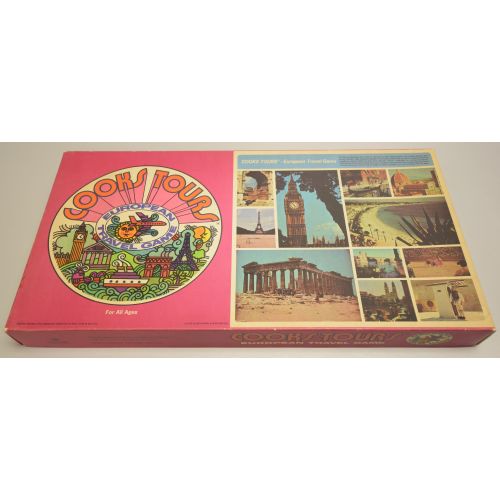Gallery
Explore some highlights of our collections in pictures.
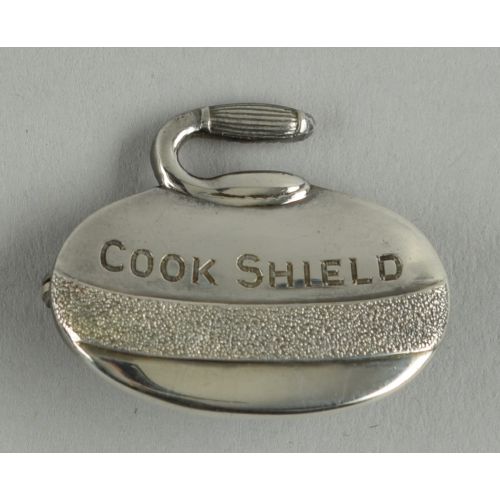
The Thomas Cook Collection : Thomas Cook was originally a family company that provided sporting and social activities for its workforce.
This small silver badge in the shape of a curling stone was presented to a winner of a curling competition. Stamped 'Cook Shield' on the front and 'Presented by H W Fikkert Esq' on the reverse. Hallmarked Birmingham 1913.

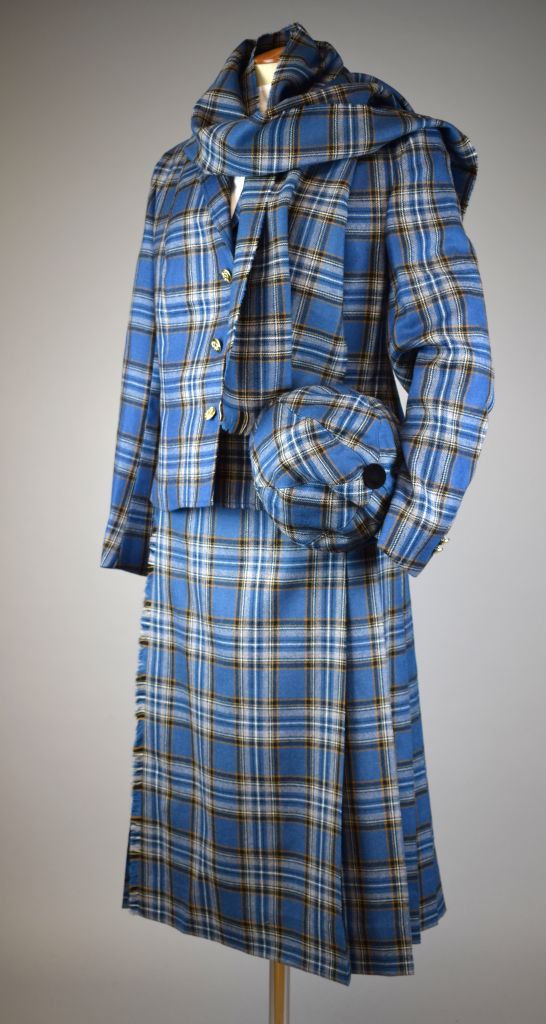
The Thomas Cook Collection : Uniform worn by British Caledonian Airways Cabin Crew.
British Caledonian operated out of Gatwick Airport during the 1970s and 1980s.
In December 1987 British Airways (BA) gained control of the airline. In 1999, Thomas Cook acquired it and merged Caledonian Airways with Flying Colours to form JMC Air Services, a forerunner of the UK arm of the later Thomas Cook Airlines.

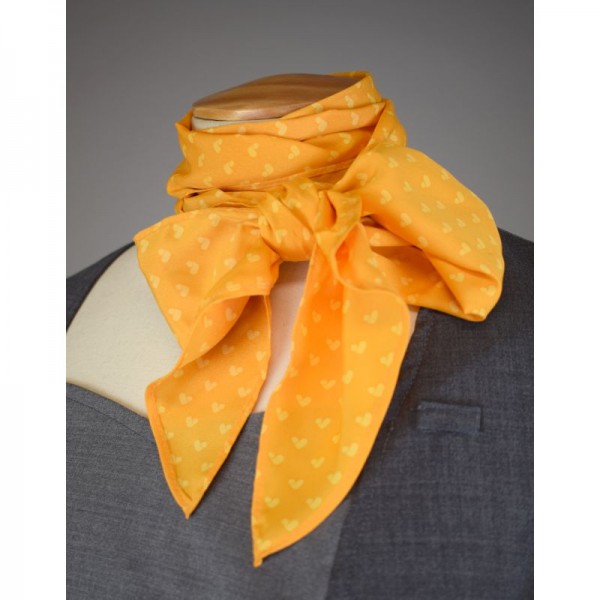
The Thomas Cook Collection : From the ski slopes to poolside, travel agent shops to airline crew, there was a uniform that helped make the Thomas Cook staff identifiable with the branding of the time. The collection includes a variety of uniforms from the early 20th century and shows the changes in the company's branding as well as the other travel companies that they acquired over the years.

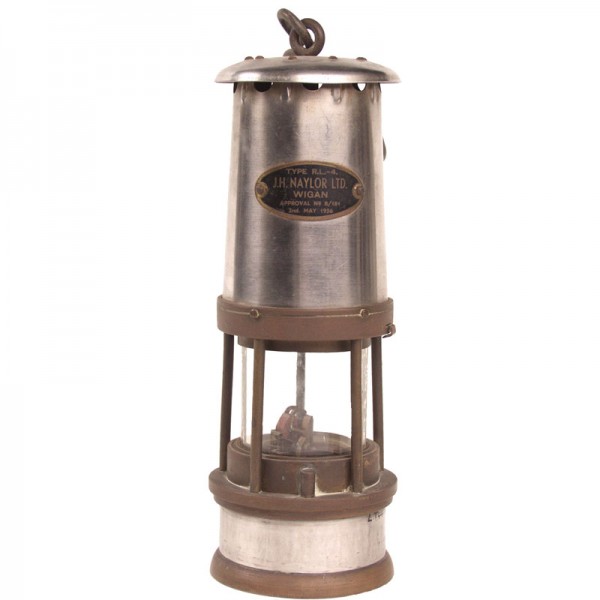
Coal Mining: Naylor's Type RL-4 'Spiralarm' Lamp
The Naylor 'Spiralarm' type RL-4 flame safety lamp was made in 1956. It was designed primarily as an effective detector of firedamp and dangerous gases. The 'Spiralarm' used an electrical ignition system, which allowed the lamp to be lit safely underground. The lamp also used an internal flame height gauge to detect when firedamp was present in the atmosphere. The flame safety lamp was successful in improving the safety of mineworkers in the potentially dangerous atmosphere that existed underground. Flame safety lamps, although remaining in use as gas detectors, began to be replaced by safer and brighter electric lamps at the beginning of the 20th century.

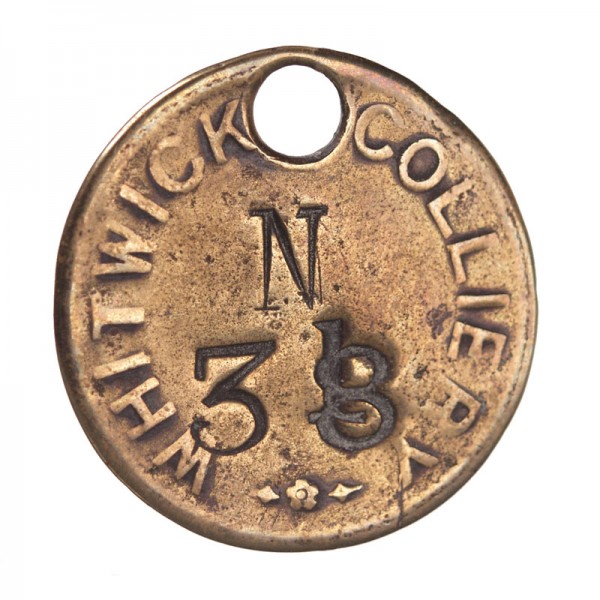
Coal Mining: Miner's Tally or Check from Whitwick Colliery
Colliery check systems became mandatory in 1913 after an amendment to the 1911 Coal Mines Act.
At the start of a shift the check was handed to the lamp man and exchanged for a safety lamp stamped with the same number as on the check. At the end of the shift the miner handed his lamp in and retrieved his check either from the lamp man or from a 'tally board'.
Check systems varied between coal fields and altered over time, by the late 1970s a three check system (safety check system) became common. In this system each underground worker was issued with three checks, often of different shapes and sizes, one to be handed in to the lamp room, one to be handed to the banksman before the man descended the shaft and one was kept on the person during the shift.

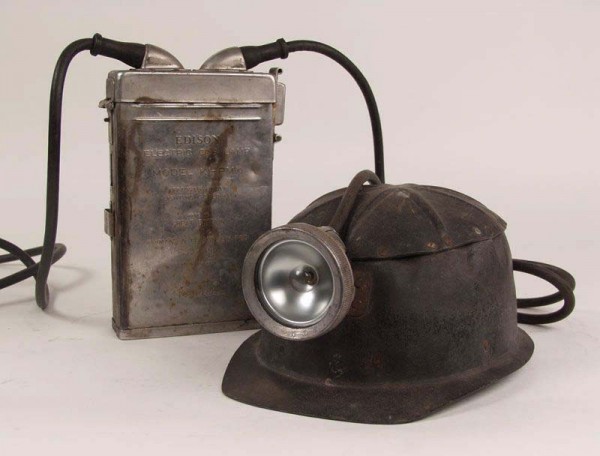
Coal Mining: Methanometer and Miners Helmet and Lamp
Firedamp is one of the many hazards found in coal mines. Methane is the main gas present in firedamp. It is highly explosive and had previously been detected by safety lamps. Made by The Mine Safety Appliances Company Ltd around 1950 this methanometer was approved for use in the determination of firedamp content as required by the Ventilation Regulations 1947. It was powered by an Edison battery cap lamp and it could be carried on a miner's belt with other tools.

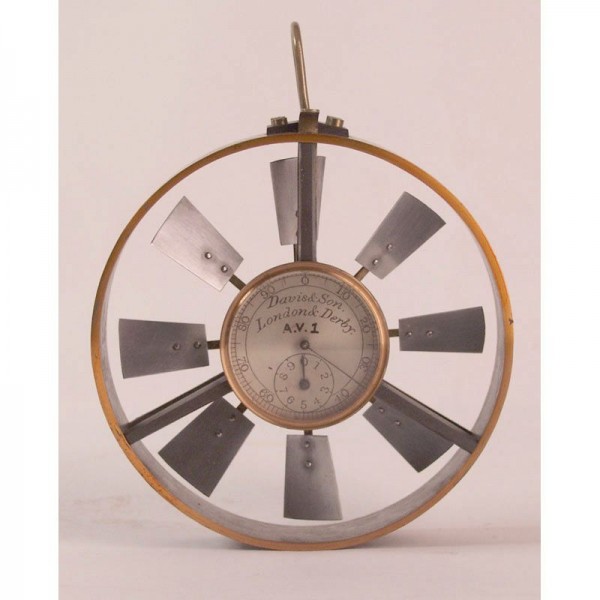
Coal Mining: A.V.1 Biram Type Anemometer made by Davis & Son (Derby) Ltd.
Good ventilation was vital in coal mines and this instrument was used for checking the flow of ventilating air through mine passages. The metal frame contains a brass "propeller" linked to dial to record the speed of air passing over the vanes.

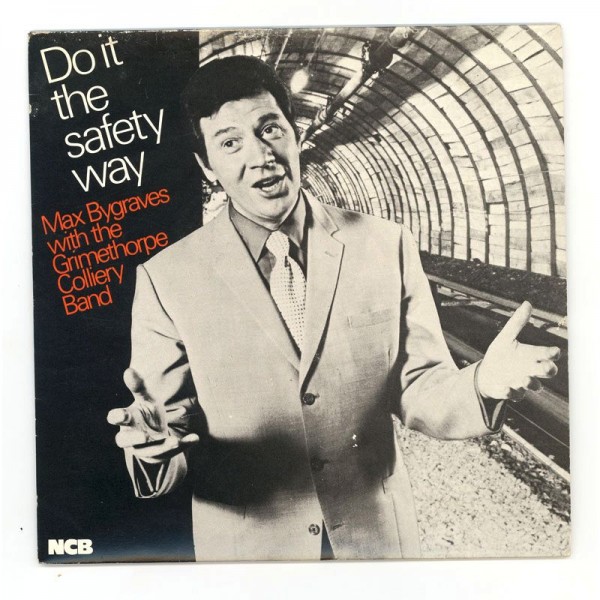
Coal Mining: 'Do it the Safety Way'
Safety was hugely important when working underground in dark and often dangerous conditions. The National Coal Board was established in 1947 and produced many campaigns to improve safety in the industry. In 1976, the NCB released this seven inch single to get the safety message across with singalong favourite Max Bygraves.


